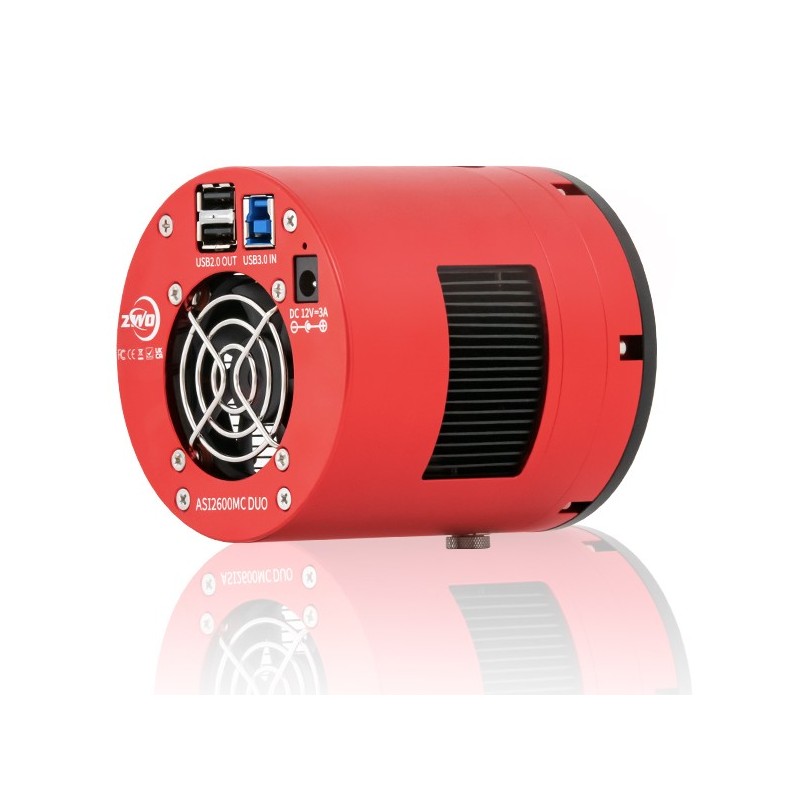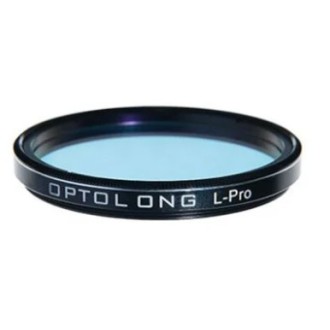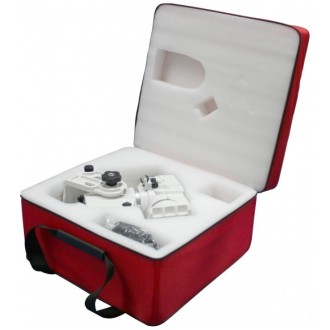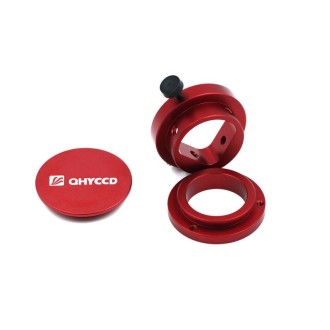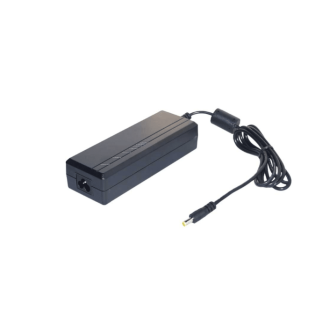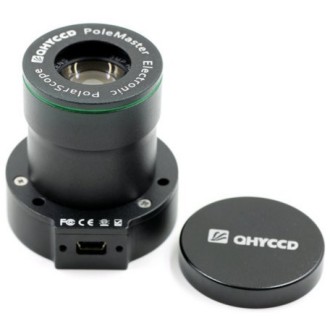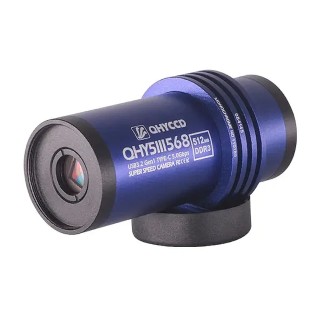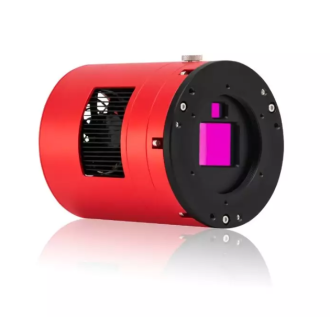Deliver it 7/14 days

Refrigerated chamber ZWO ASI2600MC-P DUO with integrated guidance sensor
The ASI2600MC Duo combines image and guidance sensors in a compact body.
| Carrier | Description | Estimated Delivery | ||
|---|---|---|---|---|
 |
Home delivery - International | Home delivery - International |
Thursday, 6 February - Thursday, 13 February |
|

Home delivery - International
Home delivery - International
Estimated delivery:
Thursday, 6 February - Thursday, 13 February
The main sensor is the Sony IMX571, with a native 16-bit ADC, a 14-stop dynamic range, and a 3.76um square pixel array. Read noise is as low as 1.0e, and full-well capability reaches an incredible 80ke. No amplifier brightness.
The guide sensor is 1/1.8 SC2210 type with excellent NIR sensitivity. The sensor size is 7.68mm x 4.32mm. It has 4umx4um pixels with a 1920×1080 matrix and a total depth of 8780e.
The stars in the corners of the guide images affected by the back focus distance reducers may not be very round. This is not due to sensor tilt and will not affect normal use.



Two-in-one design
Thanks to its compact design, the ASI2600MC Duo requires only one USB cable for control. It reduces potential cabling problems and improves setup speed. No need for a separate OAG and camera guide.

Tilt adjustment from the rear (Optional)
The 3 points on the rear makes tilt adjustment much easier without the hassle of removing the camera tilt plate.

Performance improvement comparison

Guide Sensor
The SC2210 sensor taken from the ASI220MM mini camera is characterized by very high sensitivity. The maximum QE value reaches 92% at 500 nm. The read noise is as low as 0.6e. As a new generation guiding sensor, it has achieved great guiding results, demonstrated by hundreds of astrophotographers.

Main sensor
The IMX571 main sensor has an APS-C format and 26MP total pixels. The size is 23.5mm wide x 15.7mm high, and the diagonal is 28.3mm. The small pixel size of 3.76um x 3.76um accommodates an impressive 50ke total depth. With new hardware technology, this is even extended to 80ke.

STARVIS Technology
ASI2600MC DUO is based on Sony's STARVIS technology. Sony's back-illuminated CMOS image sensor improves sensitivity and noise reduction, the key factors for improved image quality.
Camera performance
Native 16-bit ADC
This 16-bit ADC is not a 16-bit CCD ADC. It can actually achieve an output dynamic range of 14 stops, which will significantly improve image sharpness and contrast, and also create smoother and more natural color transitions.
FPS
The maximum FPS of ASI2600MC Duo in RAW 8 mode at full resolution is 15FPS, which is even faster compared with ASI2600MC Pro.
Extended Full Well Mode
The full well capacity of ASI2600MC Duo is expanded to 80ke, which is 1.6 times that of ASI2600MC Pro.

USB 3.0 and 512MB of DDR3 buffering
With the combination of USB 3.0 and 512MB DDR3 memory, ASI2600MCDuo provides stable and secure data transmission that can effectively avoid frame dropping problems during long exposures.
No amp brightness
Traditional CMOS sensors produce a faint infrared light source during operation that is often seen in the corners of uncalibrated images. This is the telltale sign of amp brightness. Since the ASI2600MM Duo uses circuits without amplifier brightness, you won't have to worry about amplifier brightness even when using high gain and long exposure images.

QE (Quantum Efficiency)
According to our test results, the maximum QE value of the ASI2600MC Duo is over 91%.

Two-stage TEC cooling
Thanks to the two-stage TEC cooling, ASI2600MM Duo can reduce the CMOS sensor temperature to more than 35 degrees Celsius below the ambient temperature, which can greatly reduce dark current generation and sensor noise even during long exposure times.
*The Delta T 35℃ is tested at 30℃ ambient temperature. It might drop when the cooling system operates for a long time. Also, as the ambient temperature drops, the Delta T would decrease.
Dark current noise

Anti-mold heater
In ASI2600MM Duo chamber, there is a polyimide heater which completely fits the protective window. It can help avoid any possible annoying problems of dew or icing depending on the environment in which you capture images.
The power of the heater is about 5W. You can turn it off at any time in your photography software if you want to save power.

Connecting to external devices

Connecting to Nikon/Canon lenses

① Niko-T2 Adapter
② EOS-T2 Adapter
③ 2″ filter
④ Nikon Lens
⑤ Canon lens
Diagram of structural dimensions

What comes in the box


